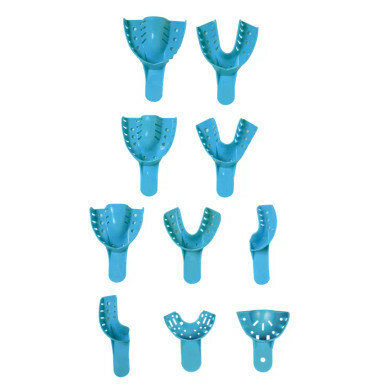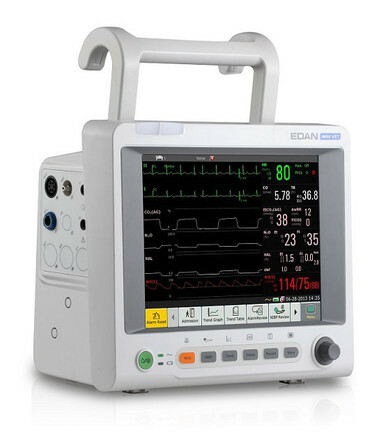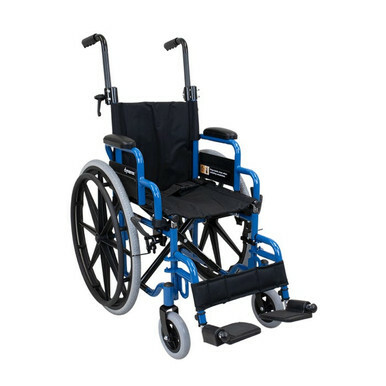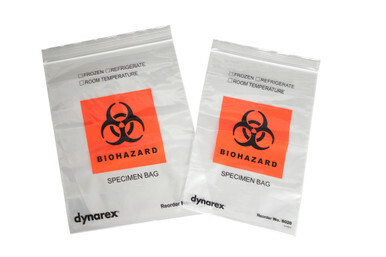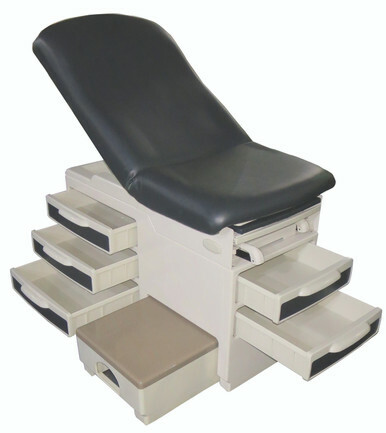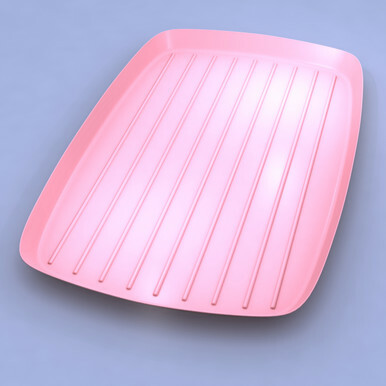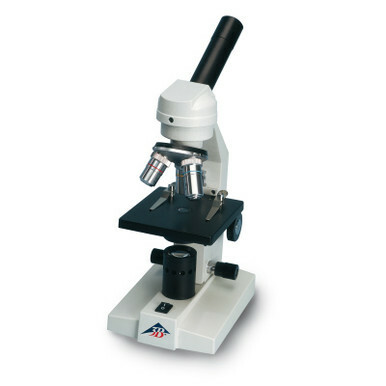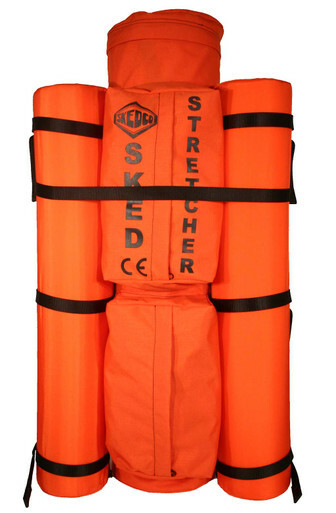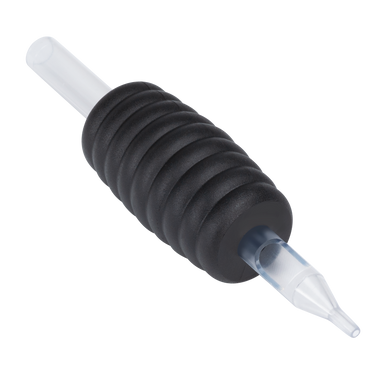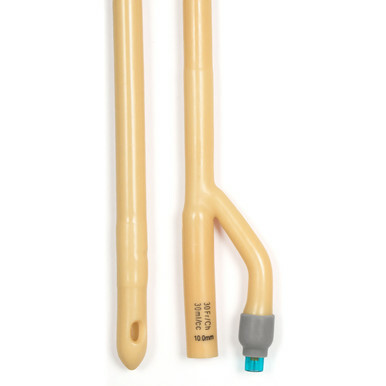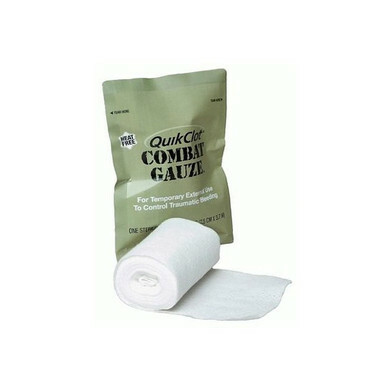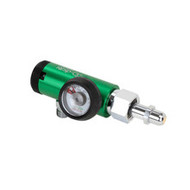The Unsung Heroes of Healthcare: Oxygen Regulators
Posted by EMRN on 2nd Oct 2023
In the world of healthcare, there are certain unsung heroes that quietly ensure the well-being of patients day in and day out. Oxygen regulators are among these humble yet critical devices. They play an indispensable role in providing life-sustaining oxygen therapy to patients with various respiratory conditions. In this blog post, we'll delve into the world of oxygen regulators, exploring their importance, functionality, and the impact they have on patient care.
The Lifeline of Respiratory Care
Imagine for a moment the importance of oxygen in our lives. It's the breath of life itself, and for many patients, it becomes their lifeline. Oxygen regulators are devices designed to precisely control the flow of oxygen from a high-pressure oxygen source to a level that suits the patient's specific needs. They are used in various healthcare settings, from hospitals and clinics to home care environments.
Functionality and Precision
Oxygen regulators are built with precision engineering. They function by reducing the high pressure of oxygen cylinders to a safe and manageable level for inhalation. This control over oxygen flow is crucial because not all patients require the same amount of oxygen. Whether it's a premature infant in a neonatal intensive care unit or an elderly patient with chronic obstructive pulmonary disease (COPD), oxygen regulators can be fine-tuned to deliver the precise oxygen concentration required to maintain optimal oxygen saturation levels.
Types of Oxygen Regulators
There are different types of oxygen regulators, each designed to meet specific needs:
- Continuous Flow Regulators: These regulators provide a constant flow of oxygen at a predetermined rate. They are commonly used for patients who need a steady supply of oxygen.
- Pulse-Dose Regulators: These regulators deliver oxygen in pulses, synchronized with the patient's inhalation. This conserves oxygen and is often used in portable systems for patients who require oxygen therapy on the go.
- Pediatric Regulators: Specially designed for children, these regulators offer precise control for tiny lungs, ensuring they receive the right amount of oxygen without waste.
- High-Flow Regulators: These regulators are capable of delivering higher oxygen flow rates and are used in critical care situations.
Improving Quality of Life
For many patients, oxygen therapy is not just a medical necessity; it's a lifeline that allows them to maintain an acceptable quality of life. Oxygen regulators empower patients by giving them control over their breathing and, by extension, their daily activities. With the right oxygen flow, patients can engage in physical activities, enjoy better sleep, and experience an improved overall well-being.
Conclusion
Oxygen regulators may not always be in the spotlight, but their impact on healthcare and patient lives is immeasurable. These unassuming devices are the silent guardians of those battling respiratory illnesses. They provide comfort, hope, and a chance at a better life for countless individuals worldwide.
So, the next time you encounter an oxygen regulator, whether in a healthcare facility or someone's home, take a moment to appreciate its role in the intricate tapestry of healthcare. These unassuming devices truly are unsung heroes, quietly ensuring the breath of life continues to flow.



























